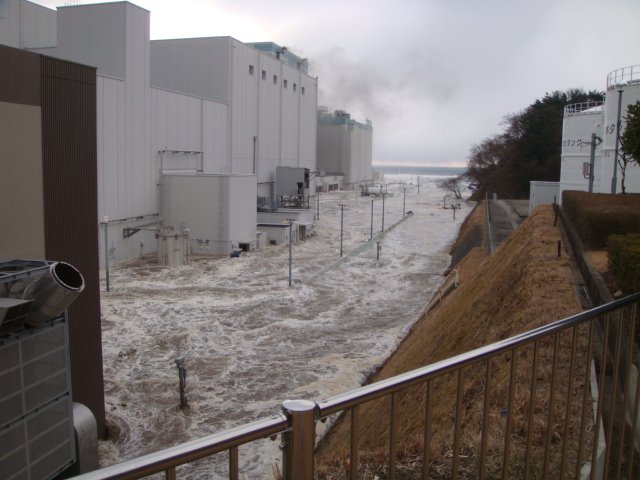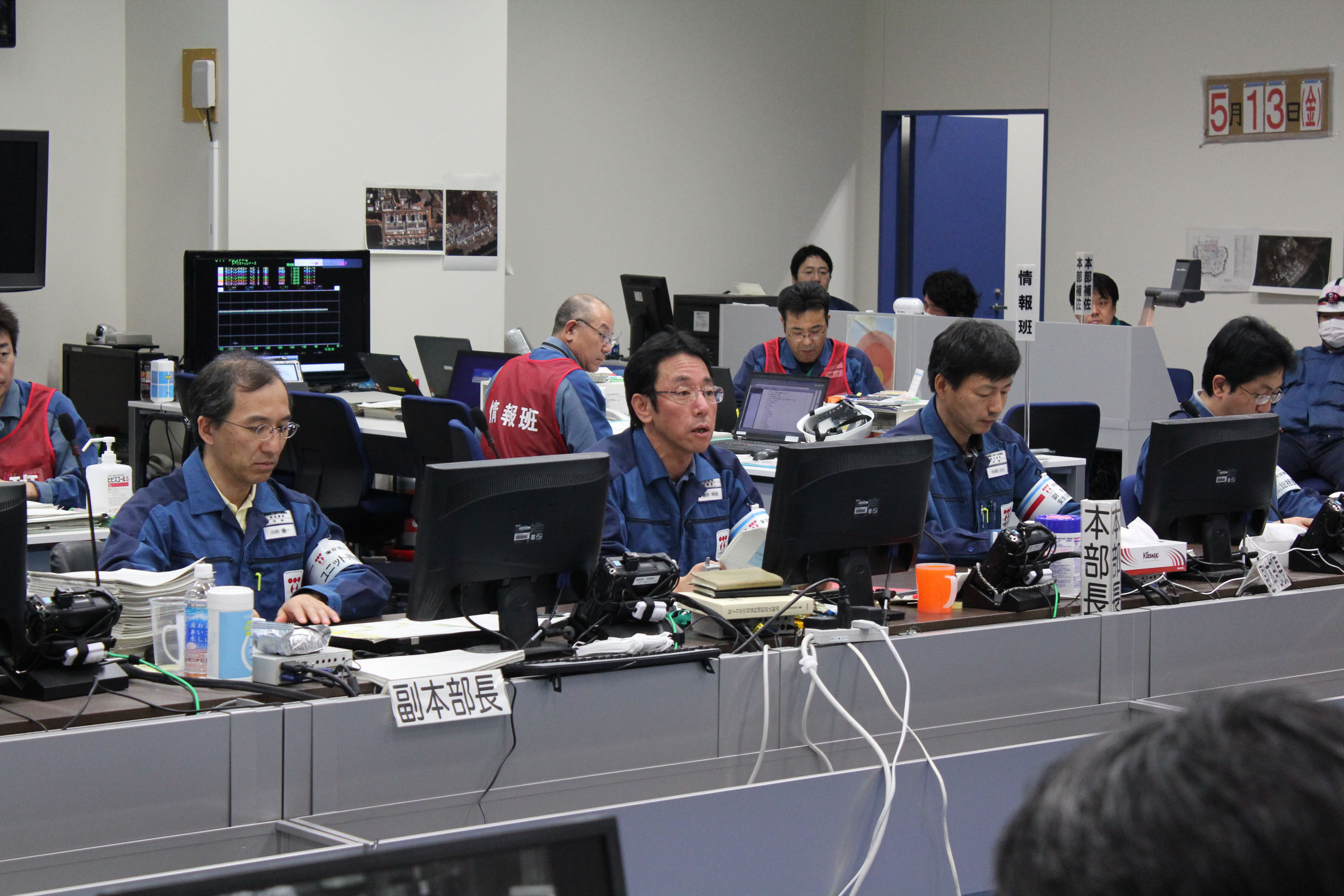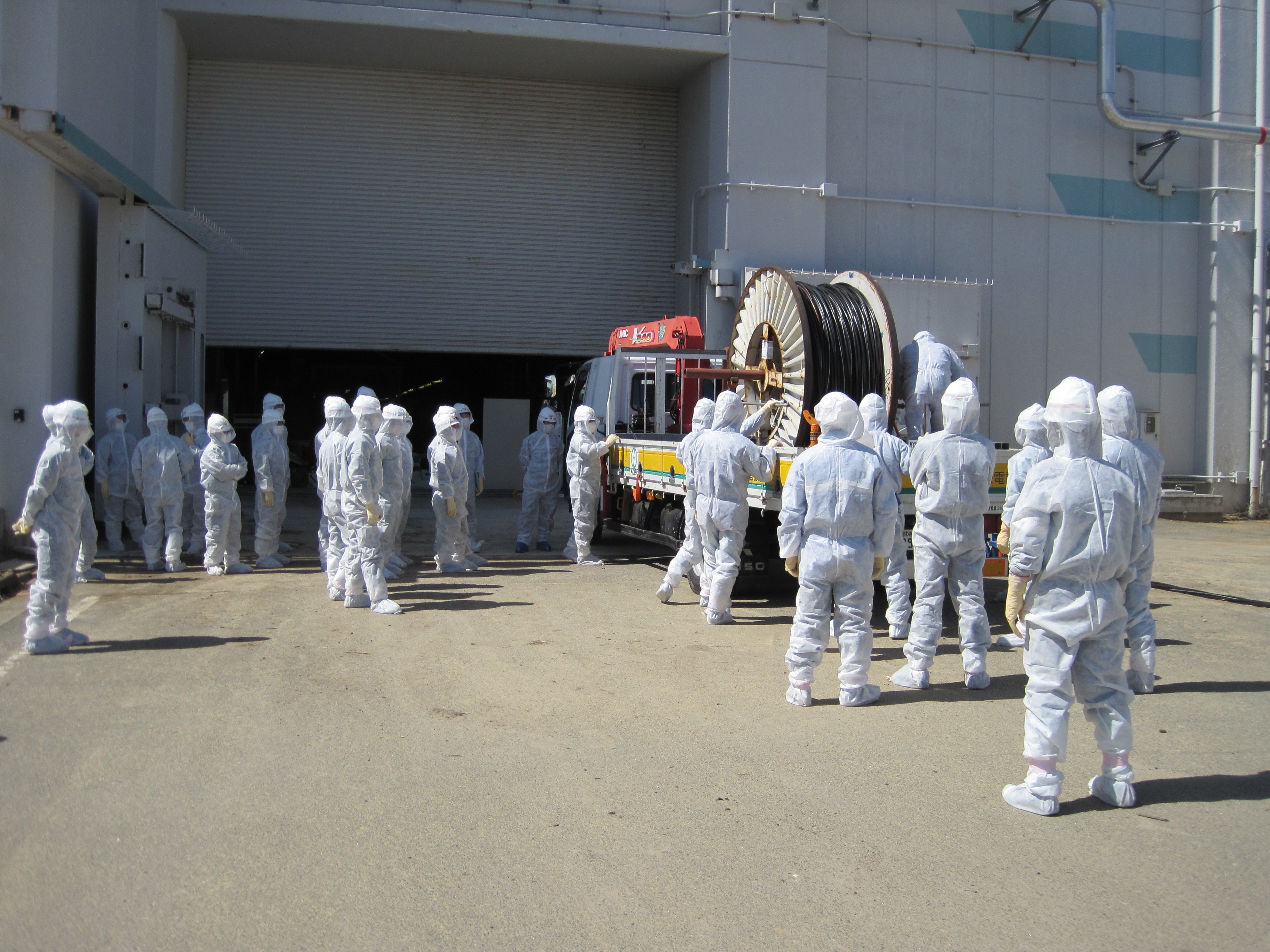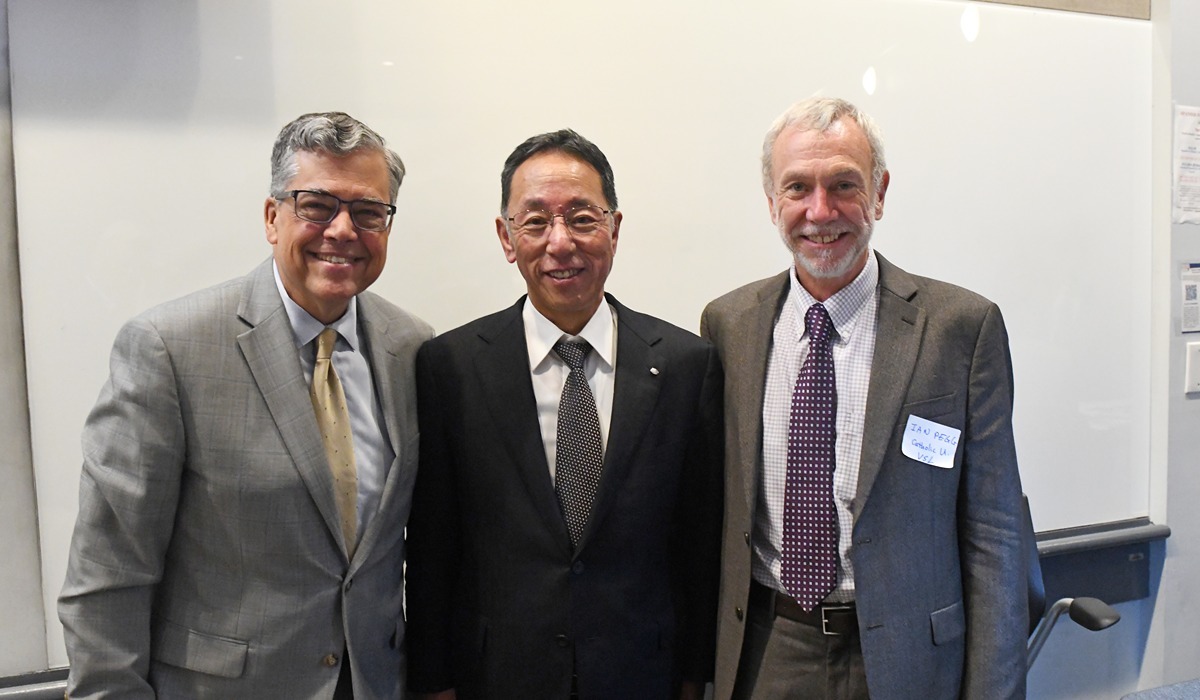When people hear “Fukushima,” they think of Japan’s 2011 earthquake and tsunami that caused multiple meltdowns at Fukushima Daiichi nuclear power plant. The story of how Naohiro Masuda, former site manager of sister plant Fukushima Daini, averted a similar disaster is now a prominent crisis management case study. The electrical engineer came to The Catholic University of America’s campus May 31 to share his experiences to a packed auditorium in Hannan Hall.
University President Dr. Peter Kilpatrick, a chemical engineer by training, welcomed Masuda and called him an “engineering hero” for his lifesaving ingenuity, perseverance, and team building.
“I believe it is my mission to share my experience,” Masuda told the crowd. “I hope my thoughts on leadership are useful for all of you.”
The earthquake that struck March 11, 2011, was the largest in Japan’s history and was accompanied by waves exceeding Daini’s design limits. Masuda said cooling systems for three of the plant’s four reactors were severely damaged. Hundreds of staff worked day and night to restore power to these systems to ensure cold shutdowns to prevent reactor leaks or meltdowns.

Masuda’s first priority was his staff’s well-being. In the face of an unprecedented situation, he knew the key was to keep calm collaboration. Amid the chaos and aftershocks that kept shaking the plant, Masuda stayed at his desk to provide a sense of normalcy and so people always knew where to find him. He reinforced a culture of transparency and accountability by telling employees that he would take full responsibility for any mistakes made and he would correct himself when he was wrong.

After the team assessed the damage, Masuda realized the only way to save the three reactors was to connect them to a building nearby that still had power. After a national call for aid, they obtained a massive electrical cable extending more than five miles.
Each section of the cable was over 650 feet long and weighed a ton. This task would typically take a month with specialized equipment, but the team had about 24 hours to lay it all by hand. By March 15, while the plant Daiichi was responding to a third explosion, all of Daini’s cooling systems were back online. The plant, and the nearby community, were now safe.

Workers gather in front of massive cable used to manually restore power to reactor cooling systems (Photo courtesy: TEPCO)
Throughout the crisis Masuda employed what some call “sensemaking,” a process where people discuss a situation as it evolves to create clarity for problem-solving. During his lecture, Masuda said he also asked staff to repeat what he said to ensure everyone was on the same page.
Masuda explained giving people tasks in stressful situations can actually ease stress. He said it is “very important for everyone to have their own roles” because “when people all work together as a team … it helps them feel better.”
When asked how he determined the right person for each critical task, Masuda said he spent most of his career at Daini and his familiarity with the staff meant he could tailor instructions to each person’s strengths and limitations.
Although Daiichi suffered even more severe damage than Daini including a control room that went dark, Masuda’s experiences have helped reshape the Japanese nuclear energy industry. He now heads Japan Nuclear Fuel Limited, which contracts with the University's Vitreous State Laboratory for research and development to safely treat and dispose of waste from recycling of spent nuclear fuel by turning it into glass. Physics Professor Ian Pegg, director of VSL, said it has been a great honor to work with Masuda to help support safe and sustainable energy infrastructure in Japan.
The presentation ended with a standing ovation and Dr. Kilpatrick praised Masuda for a “wonderful lecture” with “great leadership points.”

